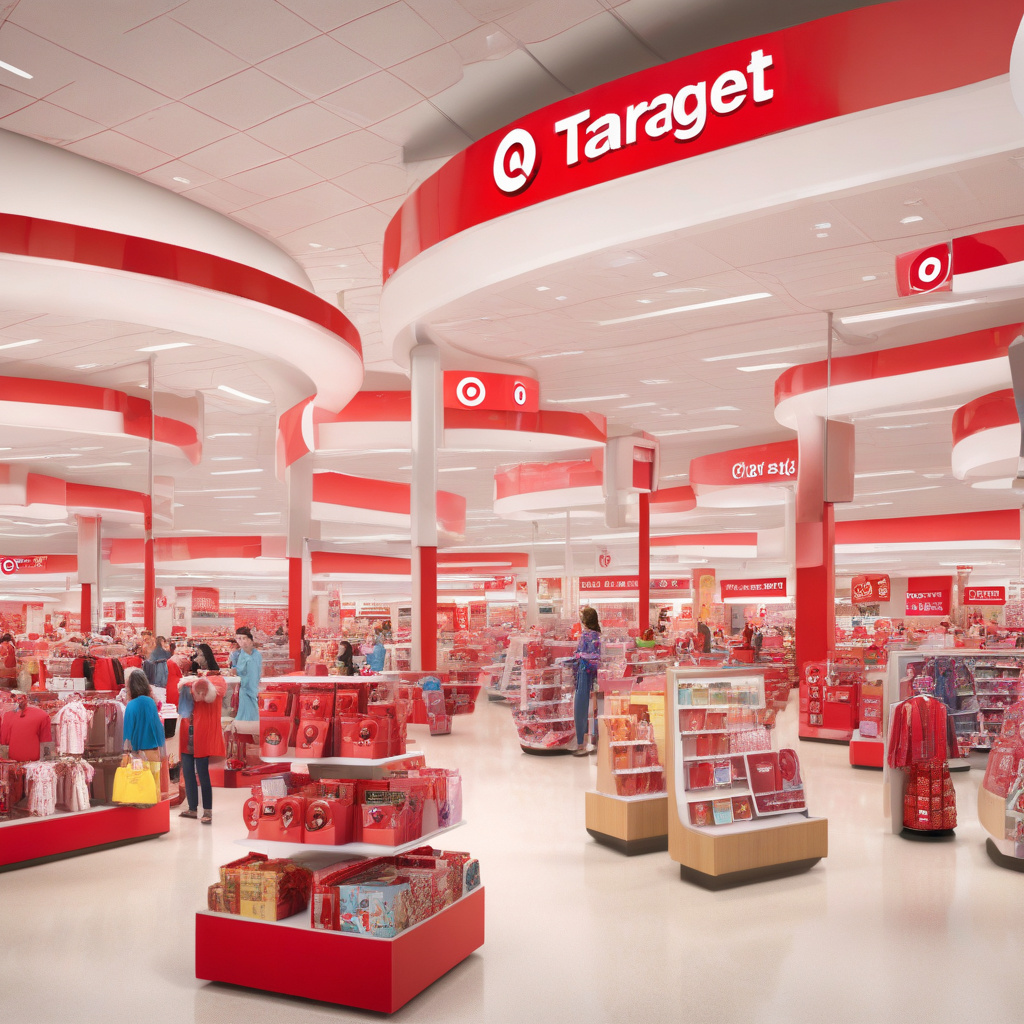Facing a Disappointing Q1, Target Seeks to ‘Remain Price Competitive’
In an environment marked by economic fluctuations and shifting consumer expectations, Target Corporation has found itself grappling with a disappointing start to 2025. The retail giant reported a 2.8% decline in net sales for the first quarter, with figures dropping from $24.5 billion in Q1 2024 to $23.8 billion in Q1 2025. This decline is a clear signal that the company is facing significant challenges amid ongoing tariff uncertainties and other external pressures affecting the entire retail sector.
Target’s performance has ignited concerns about its ability to compete effectively in a crowded marketplace. The decline in revenue highlights not only the difficulties the company faces but also the broader trends impacting consumer spending and retail operations. Shifts in purchasing behavior, driven by inflation and changes in disposable income, have forced retailers to rethink their strategies. For Target, remaining price competitive has become an urgent priority.
Target’s management has acknowledged the pressing need to adjust pricing strategies to attract customers back into stores. The company’s focus on competitive pricing is essential, particularly as consumers become increasingly price-sensitive in the face of economic challenges. For many shoppers, navigating through rising prices has made them more discerning about where to spend their money. This shift in consumer behavior requires retailers to meet their expectations without compromising on quality.
The competitive landscape is further complicated by the presence of discount retailers and e-commerce giants that are actively vying for consumer attention. Companies like Walmart and Amazon have long established reputations for competitive pricing, compelling Target to reassess its own pricing strategies. In recent years, Target has successfully built a brand identity around style and quality, but the Q1 results suggest that simply appealing to aesthetics may not be enough to maintain market share.
To address these challenges, Target is implementing a multi-faceted approach. The company’s leadership has highlighted that they will focus on optimizing their supply chain to reduce costs and improve inventory management. By streamlining operations and enhancing efficiency, Target aims to better position itself to pass savings on to consumers. An optimized supply chain not only allows for competitive pricing but also ensures that products remain in stock, further enhancing customer satisfaction.
Moreover, Target is keen on leveraging its private label offerings, which have gained popularity among cost-conscious consumers. These in-house brands often provide quality comparable to national brands at lower price points, creating an opportunity for Target to entice shoppers looking for value. By expanding its private label range, Target can maintain price competitiveness while reinforcing customer loyalty.
In addition, Target’s investment in technology plays a crucial role in its strategy to remain competitive. The retailer is increasingly integrating data analytics into its operations to better understand customer preferences and shopping behaviors. This data-driven approach enables Target to tailor promotions, enhance personalized marketing, and develop pricing strategies that resonate with its customer base. By understanding what drives consumer decisions, Target can not only respond to current market trends but also anticipate future demands.
Target’s commitment to price competitiveness is not solely about short-term gains; it is also about sustaining long-term growth. The company is aware that maintaining a solid connection with its consumer base is critical during times of economic uncertainty. Ensuring that shoppers perceive value in their purchases fosters brand loyalty, which can translate into repeated business when the economic climate stabilizes.
As Target navigates through these turbulent waters, the company’s ability to adapt will be tested. The retail landscape is unforgiving, and those who fail to respond to consumer needs risk losing their foothold in the market. By prioritizing price competitiveness, optimizing supply chains, and leveraging technology, Target is taking proactive steps to recover from a disappointing Q1 and position itself for a more promising future.
In conclusion, the challenges faced by Target in Q1 2025 serve as a microcosm of the broader retail landscape. To remain relevant, retailers must be agile and responsive to changing consumer sentiments. Target’s dedication to competitive pricing, operational efficiency, and customer-centric strategies positions the company to not only weather the current economic storm but also thrive in a rapidly evolving market.
retail, Target, pricing strategy, consumer behavior, e-commerce
